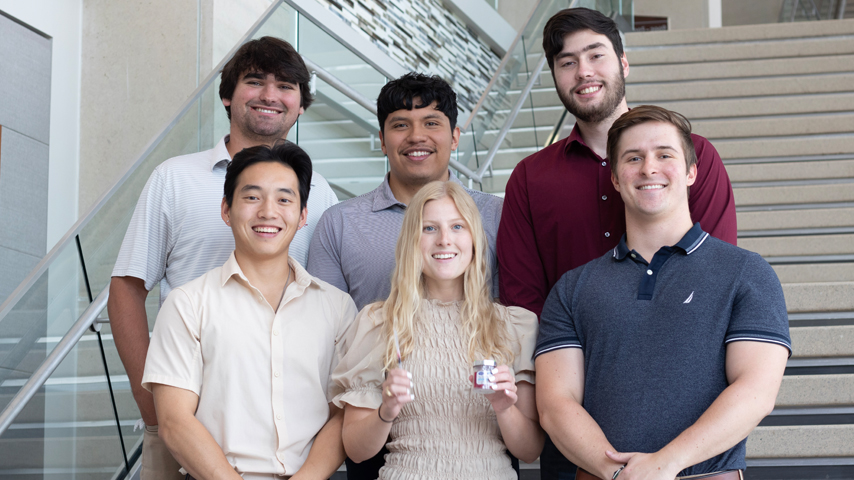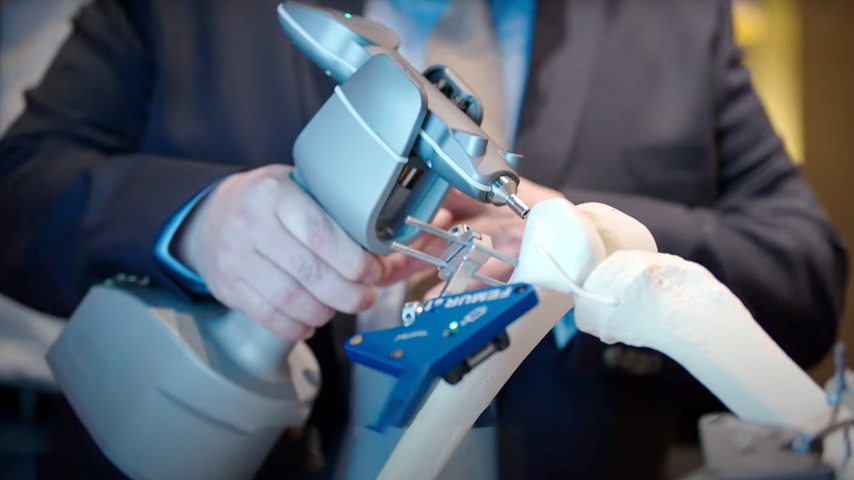Streamlined Medical Device Development Process Will Improve Access and Affordability of Innovations for More Patients in Need
Streamlined Medical Device Development Process Will Improve Access and Affordability of Innovations for More Patients in Need
Streamlined Medical Device Development Process Will Improve Access and Affordability of Innovations for More Patients in Need
ASME Introduces New Standard for Assessing Credibility of Computational Modeling
through Verification and Validation, with Application to Medical Devices
New York (May 21, 2019) –The global need for access to effective, innovative, and affordable medical devices is a critical component of the United Nations Sustainable Development Goals, to ensure healthy lives and promote well-being for all at all ages, according to the World Health Organization. However, the cost of developing, testing and trialing new medical devices as well as achieving regulatory clearance has contributed to fewer medical device applications submitted to regulatory organizations in recent years.
That trend could change soon with a new standard from the nearly 140-year-old engineering society best known for its contributions to public safety through standards for manufacturing equipment, pressure technologies and energy.
The American Society of Mechanical Engineers (ASME) has launched its first standard with application to medical devices. ASME’s new V&V 40 standard assesses the credibility of computational modeling through verification and validation with application to medical devices, including endovascular and orthopedic devices, heart valves and stents. V&V 40 builds on the foundation of other widely adopted ASME standards for computational (predictive) modeling techniques and performance simulation that have helped to streamline the development of new technologies for advanced manufacturing, to safely study the impact of fluid dynamics and heat transfer in nuclear energy systems, and much more.
Traditionally, the development of medical devices has involved physical testing in labs (bench tests, or in vitro testing) and in humans or animals (in vivo testing). These tests provide valuable insights, but the use of computational models and simulation provides another, more efficient avenue for looking at medical devices. Companies can build models of devices and the body’s systems and run simulations of how the device will perform when deployed. They can quickly adjust variables to model different scenarios, making it possible to run through a large number of possibilities in a relatively short time and find the optimal result.
“The FDA was pleased to participate in and help lead this ASME subcommittee. We aimed to develop a risk-based framework to support computational modeling for medical devices, and we accomplished this,” said Tina Morrison, Ph.D., deputy director of the division of applied mechanics of the U.S. Food and Drug Administration (FDA), chair of FDA's modeling and simulation working group, and chair of ASME’s V&V 40 standards committee. “We believe that standardized computational modeling techniques will aid in the design, testing, and regulatory review of medical devices or components that will ultimately lead to a more efficient and lower cost way of evaluating devices throughout their total product life cycle.”
Dr. Morrison and other committee members will lead a webinar to introduce the new V&V 40 standard on Tuesday, June 4, 2019, at noon (EST). For more information about the webinar and its presenters, visit go.asme.org/vv40webinar.
“With credible computational modeling, the medical device industry can meet many challenges, streamline processes, reduce costs and scale the development of new technologies for wider use,” says Ryan Crane, P.E., director of standards and certification initiatives for ASME. “Ultimately, these standards and engineering processes can help make a real difference is people’s lives.”
For additional ASME V&V resources, visit V&V 40.
About ASME
ASME helps the global engineering community develop solutions to real world challenges. Founded in 1880 as the American Society of Mechanical Engineers, ASME is a not-for-profit professional organization that enables collaboration, knowledge sharing and skill development across all engineering disciplines, while promoting the vital role of the engineer in society. ASME codes and standards, publications, conferences, continuing education and professional development programs provide a foundation for advancing technical knowledge and a safer world.
ASME develops standards that enhance public safety, health, and quality of life as well as facilitate innovation, trade, and competitiveness. ASME is the leading international developer of codes and standards associated with the art, science, and practice of mechanical engineering. Starting with the first issuance of its legendary Boiler & Pressure Vessel Code in 1914, ASME's codes and standards have grown to more than 500 offerings currently in print. These offerings cover a breadth of topics, including pressure technology, nuclear plants, elevators / escalators, construction, engineering design, standardization, and performance testing.
For more information visit www.asme.org.
Media contact:
Monica Shovlin
MCShovlin Communications LLC (for ASME)
monica@mcshovlin.com
541.554.3796



